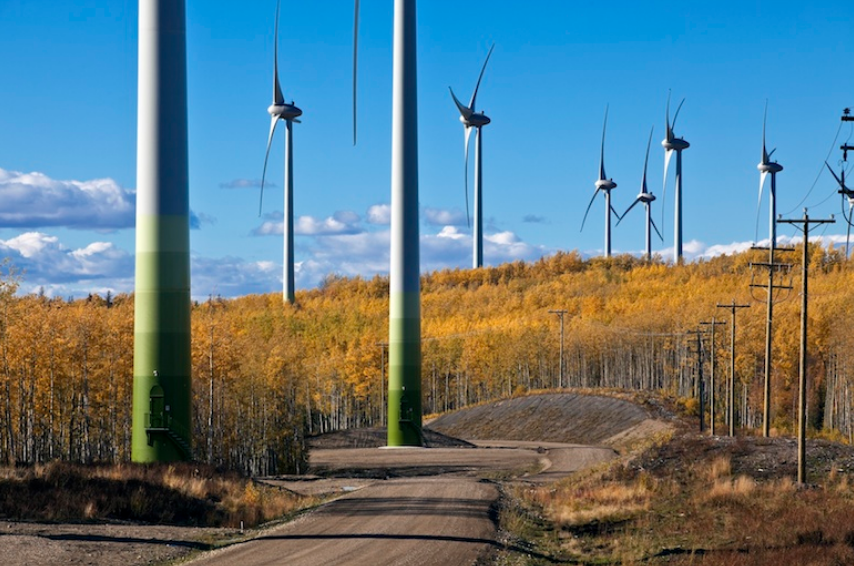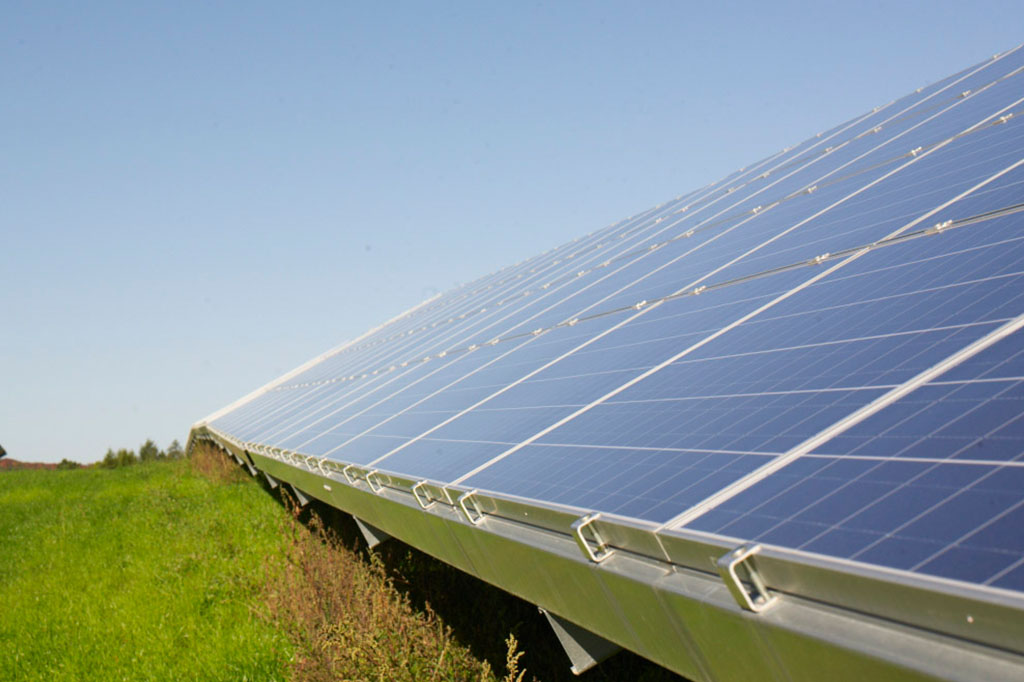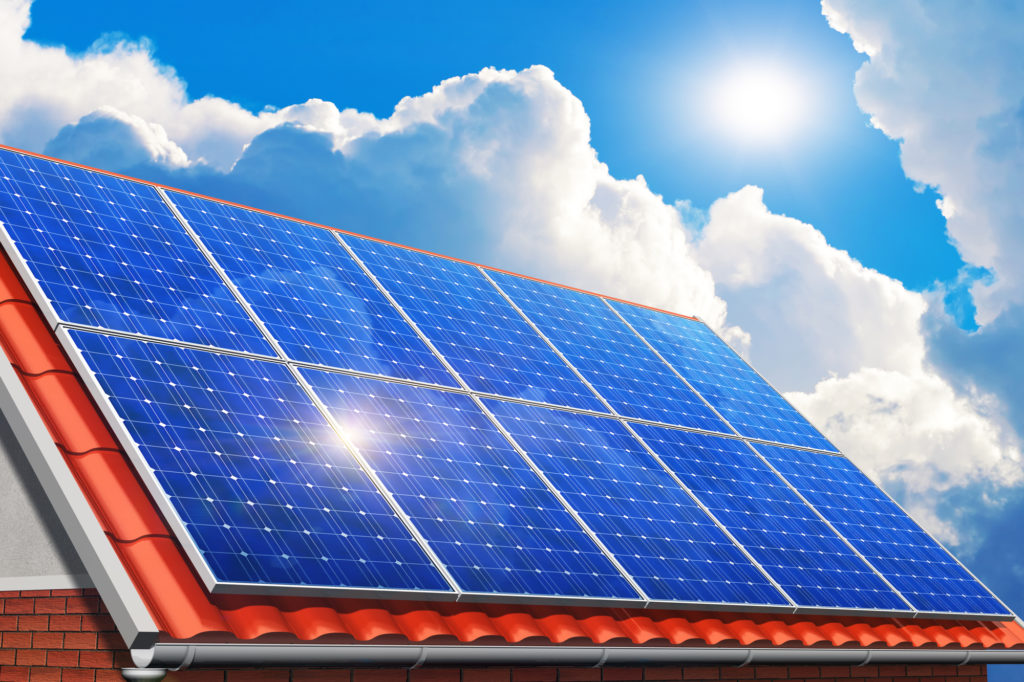
Solar, wind and other clean technologies are key to fighting climate change. But what do you do if you can’t put solar collectors on your home or buy an electric car or tap into your own windmill? RE Royalties has an answer: invest in “Green Bonds” that help finance investments in renewable energy generation, energy efficiency management and sustainable infrastructure.
When RE Royalties offered to sponsor a post here so we could all learn more about how their green bonds power clean energy, I immediately said “yes!” Here’s what I learned by interviewing electronically their chief operating office and co-founder, Peter Leighton, a veteran renewable energy executive with over 20 years of experience in the energy sector, including wind energy and more. This year Peter was named as an Honouree to Canada’s Clean50 for 2020.
In a nutshell, what is RE Royalties?
RE Royalties Ltd. is a specialty finance company created in 2016 that provides innovative financing for climate change solutions. It does so by using a “royalty financing model” to build and support renewable and clean energy projects and companies globally. In other words, it collects royalties from the companies it finances, and uses those royalties to build more projects.
With climate change a pressing issue globally, RE Royalties has become an important and innovative source of capital for renewable energy projects. Royalties is a publicly traded company on the TSX Venture Exchange under the symbol “RE,” It is the first to pioneer the royalty-financing model for renewable energy projects.
Green Bonds power clean energy, thereby enabling you to reduce your personal carbon footprint and directly fund the growing green economy.
Why invest in clean energy at all? It seems like the market for solar, wind and geothermal is taking off nicely on its own.
Renewables are currently the lowest cost source of new electricity generation in two-thirds of the world. But, we have many clients who still have trouble accessing low cost capital to help them deliver their renewable energy projects. Our goal is to help these clients build more renewable energy while delivering our investors with growth, yield and the opportunity to help the planet.
The fundamental vision of RE Royalties is to:
1. Help build a cleaner and more sustainable world; and
2. Generate a strong, economic long-term return for our investors.
Why do you need investment dollars when governments subsidize companies like yours so heavily?
This is an interesting question and I would like to answer it in three parts.
Firstly, RE Royalties does not receive any form of government subsidy, whatsoever. We pay tax, we pay our employees and our suppliers on a competitive market basis, and the capital we raise is priced based on investor choice.
Secondly, there is a broad perception that renewable energy is subsidized. I would agree that historically, government policy was necessary to develop the renewable energy industry and subsidies were required to get the monopolistic public utilities to encourage innovation. The fact is that today, renewable energy is the cheapest source of new electricity generation in two-thirds of the world and will be the cheapest everywhere by 2030.
Thirdly, I note that on your excellent website www.biggreenpurse.com, you state that you believe that “… the fastest, most effective way to stop polluters is by pressuring them in the marketplace.” I could not agree more!! I would turn your question around and ask it a different way. Why as a society, are we OK subsidizing the fossil fuel industry by not asking them to pay for the negative impact to the planet that they create?
Personally as a consumer, I am happy to pay a deposit fee to encourage me to recycle a pop bottle, or to pay an extra charge if I forget to take my knapsack to the grocery store and have to use a plastic bag. I am happy to pay for transit to get to work, if it is snowing and I cannot ride my bike. I am also happy to pay a premium for organic produce because I think that is better for my family and better for the global environment. In other words, I am already paying for the negative externalities associated with bottle production, plastic bag production, transportation, and industrial scale farming.
Our society has the opposite view of the fossil fuel industry. There is a groundswell of anti-carbon tax sentiment even though we know that global carbon emissions are causing climate change. Just ask the citizens of California, Washington and Oregon whether they would like to remove the subsidy that prevents the oil and gas industry from paying for their product’s negative externalities. This would be like me saying that I don’t want to pay the city for garbage pickup – that I would prefer to just throw it in the woods.
How risky are Green Bonds compared to other types of energy investments?
It is difficult to compare risk across investments unless you have a clear view into all of the details of each investment alternative, and a clear view of the investment risk horizon for each individual investor. The assessment of Green Bond risk depends on the following: the individual investor; the financial strength of the issuer; and the details (terms, conditions, covenants, etc.) of the offering.
RE Royalties Green Bond offering is different from others in the marketplace because the Bonds are senior-secured against the assets of RE Royalties Ltd. Think of this being like a car loan where the bank’s loan is fully secured against the asset, or car.
The RE Royalties Green Bond also pays a fixed annual rate of interest of 6%, paid on a quarterly basis for the life of the bond. This means that a potential investor knows exactly how much they will earn on this investment. Finally, the International Capital Markets Association oversee the Green Bond Principles governing the issuance of Green Bonds and this means that investors can be sure that the bond proceeds will be used only for truly green investments.

Would Green Bonds ever invest in nuclear power companies, given that some who are concerned about carbon see nuclear power as a solution?
Our investment mandate at RE Royalties would preclude us from using the proceeds of our Green Bond financing from investing in nuclear power companies.
Can Americans or Europeans or the Chinese invest, given that the company is based in Canada?
Yes, investors from the US, Europe or China can purchase our RE Royalties Green Bonds, but they will need to have a Canadian investment account to buy and hold the securities. Canadian securities regulations require a high degree of disclosure and transparency, so the fact that we are traded on the Canadian exchange may be an advantage for some foreign investors. The fact that we trade in Canadian dollars may also be some advantage to US and foreign investors who are looking to increase their exposure to the Canadian dollar. Some investors in very low interest rate environments such as Europe or Japan may also find the 6% yield on our green bonds very attractive.
In addition to solar, wind and geothermal, are there other promising renewable technologies that Green Bonds might help boost?
Our vision is to create a cleaner future by investing in renewable and sustainable energy. We are agnostic to technology, meaning that we will support any technology. We like proven technology and we have a bias for operating projects. This is because we really like near term cash flow!
It is important to note that to meet our goal of helping to build a cleaner and more sustainable world, we are focusing on both renewable and sustainable energy. Put simply, the world’s carbon emissions are very broadly speaking, driven approximately one-third by electricity generation, approximately one-third by building heating and cooling, and approximately one-third by transportation. Currently we are focusing on the electricity generation piece, but we do see lots of opportunity to utilize our royalty financing product to advance projects in the energy efficiency and transportation sectors.
Is the 6% per annum interest rate guaranteed, regardless of how the economy (nationally and globally) performs?
Yes, the 6% interest rate is guaranteed for the term of the bond. There is no relationship between the interest rate and the performance of either the national or global economy.
What is the projected growth rate of the renewables economy over the next 5 to 10 years?
Globally, $289 billion was invested in renewable energy projects in 2018, according to the United Nations. This investment is expected to increase to $534 billion by 2030 according to the UN Environment Programme as of June 18, 2019.
You can learn more about investment opportunities with RE Royalties Green Bonds here.

















